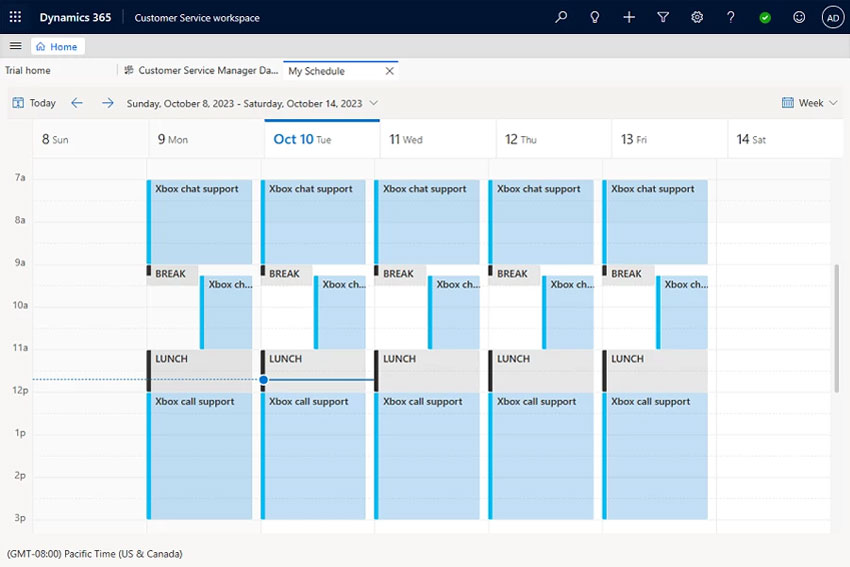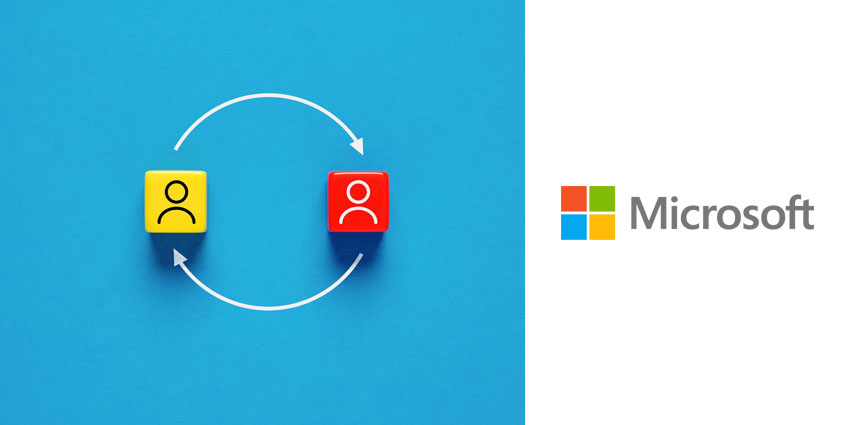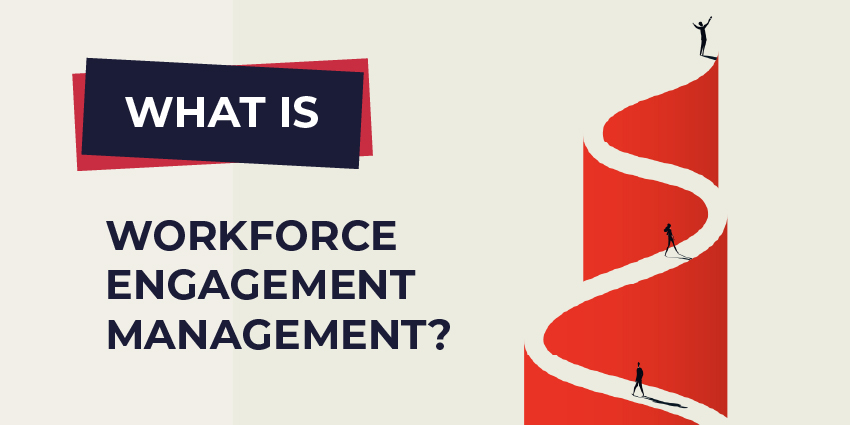Microsoft has built a workforce management (WFM) adapter – together with TTEC Digital – for its CCaaS platform: Dynamics 365 Customer Service.
The “WFM Adapter” allows businesses to pull forecasting, live reporting, and historical reporting data from four of the WFM market’s most prominent providers. They are: Verint, NICE, Calabrio, and Alvaria.
Such capabilities are a critical addition to Microsoft’s CCaaS portfolio. After all, the tech juggernaut has only so far released native forecasting capabilities in public preview for its CCaaS platform.
As such, Dynamics 365 Customer Service customers will have so far kept their resource planning activities siloed from their central contact center platform. Yet, that will now change for many.
After all, the adapter is bidirectional, allowing data to shift seamlessly between the systems.
Moreover, the WFM adapter also offers “schedule sync” functionality. As Gopal Yuvaraj, Product Manager at Microsoft, stated in a Microsoft blog post:
With the enhanced adapter, organizations can use the schedule sync feature to seamlessly import schedules created in the WFM system directly into the agent calendar in Dynamics 365 Customer Service.
“This functionality empowers agents to conveniently review their daily schedules, including breaks, training sessions, and other activities directly in Dynamics 365 Customer Service, eliminating the need to navigate to an external WFM system.”

In implementing the feature and securing these benefits, Yuvaraj also claims contact centers may bolster agent performance and overall team efficiency.
Nevertheless, so far, schedule sync only supports Calabrio’s WFM software, with Microsoft promising to expand its support for the other three providers, too.
Joint customers of Microsoft and those providers may still – however – benefit from the bidirectional data flow. Moreover, Yuvaraj promises “maximum flexibility and customization for connecting WFM solutions with Dynamics 365 Customer Service.”
Expect Native WEM Capabilities to Come Soon
Microsoft has pledged to continue evolving its WFM Adapter to support “any” third-party WFM tool.
Yet, it has also suggested that it will bolster its native forecasting capability as it ramps up to general availability – likely with more AI-enhanced models.
As such, planners may use historic contact volume data to test the most accurate and appropriate model for their environment – during business as usual, holidays, and “what if” scenarios.
Although, Microsoft may go further. Yuvaraj teases:
Stay tuned as Dynamics 365 Customer Service continues to evolve and deliver cutting-edge capabilities in WFM that anticipate and meet the ever-changing demands of the modern business landscape.
While that may appear promising, Microsoft has a lot of catching up to do before competing with a leading WEM provider, like the four vendors its WFM adapter links with.
Last year, it ranked dead last in an evaluation of 23 CCaaS providers by Ventana Research, with the analyst cautioning about the absence of WEM on its platform.
However, these are the building blocks that Microsoft must put into place if it wishes to turn the Dynamics 365 Customer Service offering into a leading market platform.
Tom Arbuthnot, Co-Founder of Empowering.Cloud, believes that is the ultimate aim, as reported by CX Today last week. Meanwhile, the tech giant has the resources and insider knowledge – thanks to its Nuance acquisition – to achieve that.
Will the mission begin in 2024? That appears unlikely. But WFM is a cornerstone to any contact center operation – and Microsoft now seems ready to take it seriously.







